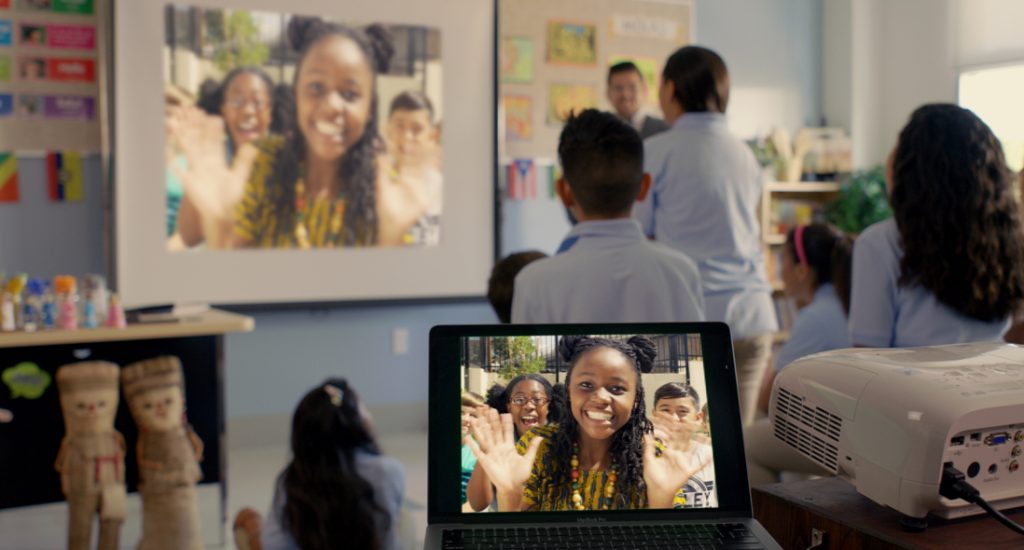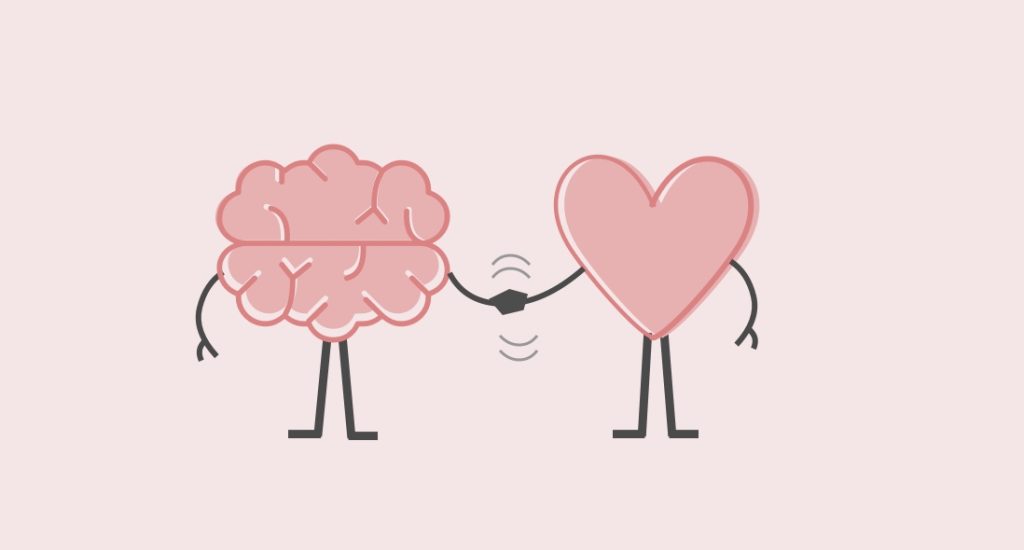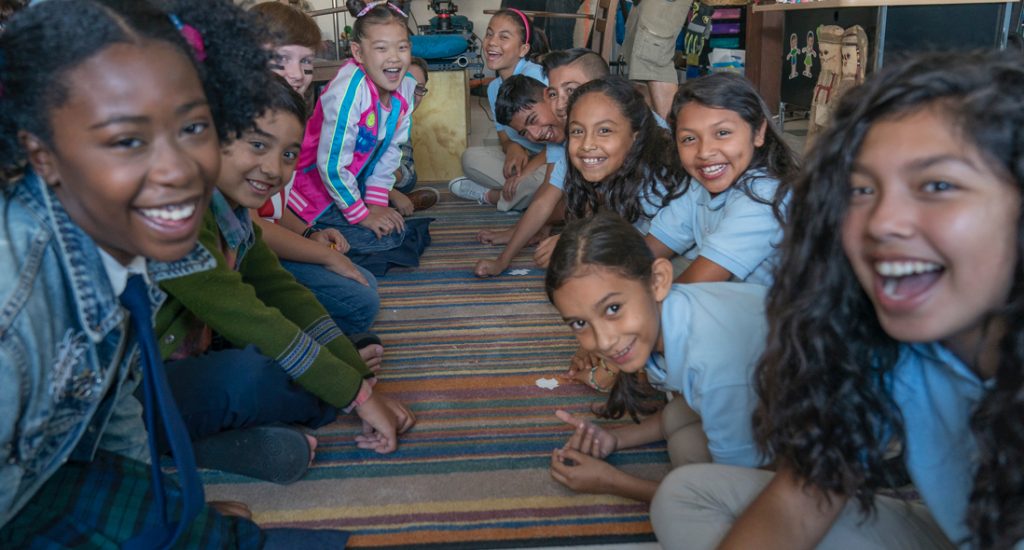Meeting peers from a new community or another country can be a fun and exciting way to introduce your students to the many different languages, cultures, and experiences that exist around the world.
However, it may also be a new experience for you and your students, and meeting new peers who are culturally different can sometimes create anxiety in the classroom – especially for students who may not know how to respond or what is considered to be appropriate behavior.
Whether it’s a new or regular experience for your classroom, the benefits of practicing cultural competence are vast. Learning about new cultures not only helps students better understand other perspectives and experiences, it can also help them learn about and appreciate their own culture. The ability to interact with and understand individuals from different linguistic and cultural backgrounds (and the ability to comfortably communicate verbally and in writing via technology) is increasingly important in the workplace, as well. Finally, connecting with peers from various backgrounds in meaningful ways enables students to make new friendships that can last a lifetime.
There are a number of ways educators can model positive behaviors and transform curiosity, questions, or even fear into mutual understanding and respect. Below we outline a few steps you can take in your classroom to practice.
Cross cultural vs. intercultural vs. cultural competence
But first, a quick note on definitions. ”Culture” is a term that can relate to race, ethnicity, gender, sexual orientation, age, ability, religion, income level, education, geographical location, or even working styles. As a result, “cross cultural communication” refers to communication between people who have differences in any of these areas. This term can sometimes be considered more transactional as it does not necessarily suggest mutual understanding or respect. “Intercultural,” on the other hand, focuses on the interchange of ideas and norms as individuals of different cultures form meaningful relationships. Similarly, “cultural competence” refers to the ability to interact effectively with people of different cultures, and is also a term that implies more understanding and respect. To learn more about cultural competence, check out these resources from the National Education Association, MindTools, and Preemptive Love.
At Empatico, we focus on both intercultural exchanges and cultural competence, based on the belief that meaningful connections between students and teachers will lead to lasting relationships and improved skills that will benefit individuals in a variety of contexts from school to family to work.
Crossing cultural divides to make friends around the world
Below are five evidence-based tips to help you and your students have a positive experience as you navigate intercultural relationships with curiosity, kindness, and respect. These practices can apply to Empatico exchanges as well as day-to-day experiences.
1. Encourage and model respectful behavior:
- Teach the Empatico Skills (perspective taking, critical thinking, respectful communication, and cooperation) using mini-lessons and model them throughout the school day through questions, role plays, and stories
- Reinforce positive behavior by praising students who show compassion, respect, and empathy for others
- If a student is disrespectful in any way, intervene and immediately address the situation
2. Emphasize commonalities with new peers:
Call attention to the separate identities of students in your class and the students they are meeting (whether in-person or virtually through an Empatico exchange), while simultaneously emphasizing a shared identity that brings them together. This ‘dual identity’ perspective is associated with more positive experiences and perceptions among children from different backgrounds.
Example: “Even though we are from Mexico and our partner class is from Italy, you are all students and you’re all in the 3rd grade!”
3. Promote an equitable relationship between peers and partner classrooms:
- Remind students that no matter who their new peers are or what their region/country is like, there is always something to learn from them.
- Encourage your students to perceive their partners as potential friends to learn from, rather than perceiving them as subjects to learn about.
- If you recognize ‘power language’ (anything showing a student feels inferior or superior to a new peer or partner class), help your students see themselves as equal to their partner classmates in terms of personal traits. One strategy is to ask students to consider the many different abilities and traits required to be a “good student,” a “good friend,” etc. Then start a relevant discussion: “No one has all these abilities and traits, but we all have some of them. What are some of your strengths? What might be some strengths of our partner classmates?”

4. Encourage students to approach differences with curiosity and kindness:
There will likely be many differences in the lives of your students and their new peers, which makes virtual and global exchanges very exciting. As your students discover this, be sure to explain that it’s normal to notice differences between ourselves and others, but we must do so in a respectful way. Encourage your students to be curious and open to learning about new ideas and show kindness when they discuss their differences. If a student does negatively judge another’s way of life, have a discussion to show why it could be hurtful. Most of the time students don’t even realize what they said could be offensive.
If a student says something negative about a custom they’re not used to, try the following:
e.g. Student comment: “They eat that? How disgusting!”
- Challenge the student’s assumption by explaining there is never just one way of doing things — we all have different preferences and perspectives, which are influenced by our personal experiences and culture (customs, beliefs, etc.).
e.g. “Joel noticed that his new friend eats different foods than he does. What we eat depends on our culture and personal experiences. Who has noticed that people from different cultures eat different foods?” - Encourage perspective taking to help the student understand why the comment could be offensive or hurtful.
e.g. “It’s okay to notice differences, but when we say ‘it’s disgusting!’ we’re judging other people and that’s hurtful. Imagine if someone said that about the foods we like to eat.” - Reframe the comment in a way that conveys curiosity and kindness about differences (“I wonder…”) and turns assumptions into questions.
e.g. “Instead of judging differences, we can try to learn more about our new friends. For example, Joel, you could say: ‘I’ve never eaten that before. I wonder what it’s like?’”
5. Respond to generalizations and stereotypes by emphasizing individual differences and encouraging critical thinking and perspective taking:
It is likely your students will have preconceptions about their new peers’ culture or country. If you recognize any stereotypes or generalized language (e.g., “all people do this,” “everyone does that”), encourage critical thinking by guiding students toward counter-examples that emphasize individual differences and show that not all people from a certain group are the same. If the generalization does not involve personal traits and is not offensive in any way (e.g., “everyone there rides the subway”), you can encourage students to investigate their assumption by asking their new peers about this topic.
However, take careful notice if you think the student’s comment might be offensive to their peers or partner classmates. If a student says a negative stereotype or generalization that could be perceived as offensive/hurtful, try the following:
e.g. Student comment: “I’ve heard that people from that country smell bad.”
- Challenge the student’s assumption by asking “how do you know it’s true for all people?” Proceed to emphasize individual differences and promote critical thinking.
e.g. “How do you know that’s true for all people living there? Remember that assumptions are not facts, which is why we need to investigate and evaluate information to discover truth. In every place I’ve visited, I’ve encountered people who smell bad sometimes and people who smell good sometimes. Not all people from a certain place are the same.” - Encourage perspective taking to show the student how it might feel if they were on the receiving end of a stereotype.
e.g. “It’s okay to notice differences, but we must discuss them respectfully. Imagine if someone visited our school and started in the preschool class, where they saw 4-year olds napping. How would you feel if they assumed ALL kids at our school (including you) nap during the day? Would it be accurate for them to think that about you?” - Reframe the comment in a way that conveys curiosity and kindness about differences (“I wonder…”) and turns assumptions into questions.
e.g. “Instead of judging others, let’s investigate to learn more about this difference. I wonder why some visitors might think someone in that country smells bad? Maybe they cook with strong spices that visitors aren’t used to? Maybe they use a different kind of soap? Maybe it’s extremely hot there?”
The more your students practice meeting peers from different cultural backgrounds – either within their own school or community, or perhaps through virtual exchange experiences like Empatico – the more comfortable you and your students will be with intercultural experiences and developing cultural competence.
“I signed up because I wanted to make connections outside of my classroom’s walls. It’s important for students to see how other people live, and see what they’re experiencing; it expands their knowledge.”
– Janie L. Hachen, 2nd grade teacher



